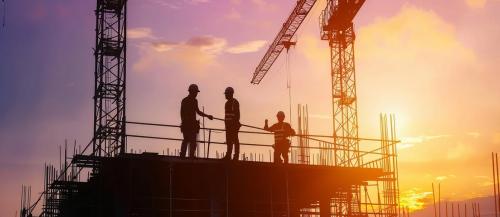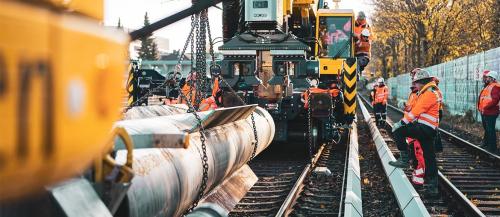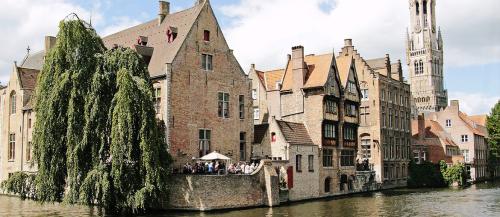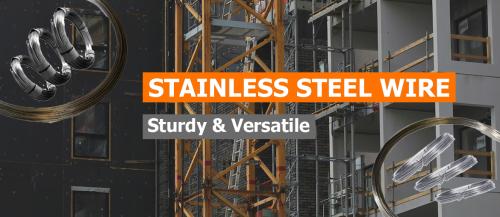Climate change is affecting the planet every day and is already changing how we live. From global warming and rising sea levels to extreme weather events, the environmental challenges we face today demand a more proactive approach to how buildings are designed. In this article, we look at some of the current issues caused by climate change and how modern building design is having to adapt.
Rising Temperatures
One of the most significant impacts of the changing climate is the rise in global temperatures. Higher temperatures can increase the stress on certain building materials, such as timber and concrete. Air conditioning systems are used more often, which in turn leads to higher energy consumption, which contributes to the problem even more.
Adapting to Rising Temperatures
Building designers are now using design elements that help buildings stay cool without having to rely heavily on an air conditioning system. An example of this is green roofs. The roof space is covered with vegetation providing good insulation, and the process of evaporation also helps cool the air surrounding the building.
Architects are now having to pay greater attention to the design of the ventilation and airflow within the building, with more traditional elements being used to provide increased shading, such as blinds, curtains, external shutters, and awnings, which aim to shield the buildings from direct natural sunlight, helping maintain a stable temperature.
The construction industry is looking to heat-resistant materials and reflective surfaces that are all aimed at reducing the impact on the environment.
Extreme Weather Events
There is an increasing occurrence of extreme weather events across the globe, such as hurricanes, wildfires, heavy rainfall, and flooding. Buildings must now be designed to endure these extremes by incorporating materials and techniques that offer greater resilience and safety.
Adapting to Extreme Weather Events
Buildings in areas that are at higher risk from wildfires are now being designed using materials that are fire-resistant, such as brick, stone, and concrete. The external designs are being changed to include fire-break areas with minimal vegetation and ensuring there are no trees within 10 feet of the building. They may also incorporate elements such as clay roof tiles and tempered glass, with fire-resistant cladding becoming another feature that is being incorporated into modern building design.
Traditional gable roofs that form an inverted V-shape are more prone to wind damage because of the large flat surface area being subjected to the force of the wind. In areas that are seeing an increased risk of hurricanes and extreme winds, these are being replaced with hipped roofs. Hipped roofs have four slopes, allowing the wind to pass over the surface of the roof with less resistance, meaning the roof is less likely to be damaged. Architects are having to be more aware of local wind patterns and aerodynamics.
Along with rising temperatures mentioned earlier, climate change can also bring about occurrences of extreme cold. This means that building designs also need to consider how they can be better insulated and minimise snow drifts. We have already mentioned that green roofs can be useful for insulation purposes, but in areas of high snowfall this solution can cause issues with snow collection causing drifts on roof tops, which can cause stress on the roof structure and safety concerns for falling snow. Designers are countering cold climates with steeper slopes on roofs and slippery surfaces that prevent snow from collecting. Buildings are now being designed with high-efficiency heat pumps that provide both heating and cooling to the interior.
Rising Sea Levels
For buildings in coastal areas, the rising sea level is a major concern. Buildings in these regions require special considerations when being designed, including elevated foundations and flood barriers, to help prevent and mitigate water damage.
Adapting to Rising Sea Levels:
Raising the foundations of a building above the expected flood level for the area will help to protect it from any floodwaters, and incorporating sump pumps can remove any water from crawl spaces and basements. Incorporating flood barriers, whether man-made or using natural landscaping, around or near buildings is an effective method for protecting them from floods. These barriers can redirect water to drainage areas, helping to contain or divert floodwaters away from the structures and reduce the risk of water accumulation around the buildings.
As we look to the future, it’s clear that adapting building design to change in the climate is no longer optional; it’s essential. By designing buildings with special considerations that can counteract the effects of climate change, these structures not only become increasingly resilient but also more environmentally responsible.
We hope you found this article informative, increasing your awareness of environmental issues that the construction and building industry faces and the adaptation strategies that are being used to deal with the future climate. Are you ready to get started on your next building project? Browse our full range of building materials, or contact us by calling 03330 117818.






